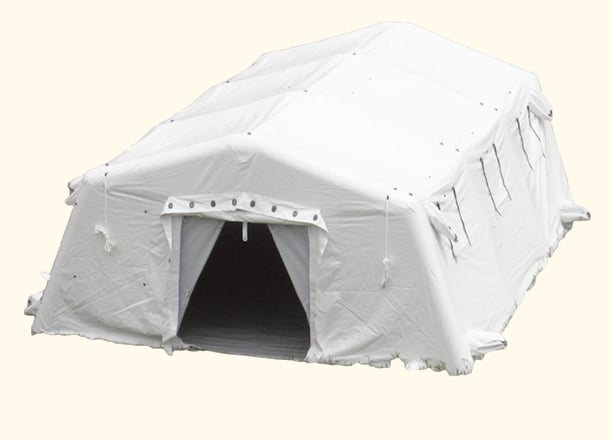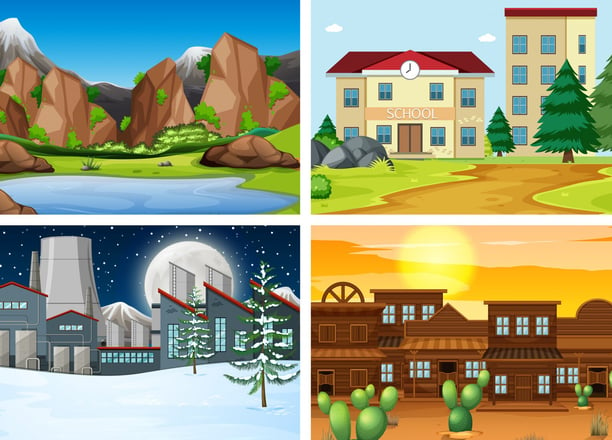Ideal Shelters
Seek reinforced concrete buildings, underground shelters, or designated safe zones provided by authorities. Basements are generally safer during airstrikes. An ideal shelter provides safety, comfort, and protection against environmental and human threats during war-like or crisis situations. Choosing or constructing the right shelter can significantly enhance your chances of survival.
PRIORITIZE SAFETY AND SHELTER
12/26/20242 min read
Ideal Shelters
Seek reinforced concrete buildings, underground shelters, or designated safe zones provided by authorities. Basements are generally safer during airstrikes.
An ideal shelter provides safety, comfort, and protection against environmental and human threats during war-like or crisis situations. Choosing or constructing the right shelter can significantly enhance your chances of survival.


1. Characteristics of Ideal Shelters
A. Safety and Security
Structural Stability: Should be able to withstand extreme weather, debris, or attacks.
Low Visibility: Minimizes the chances of being discovered or targeted.
B. Protection from Elements
Shields against rain, wind, snow, and extreme temperatures.
C. Accessibility
Easy to access when needed but strategically located to avoid high-risk zones.
D. Proximity to Resources
Close to water, food, and medical supplies for convenience.
E. Comfort
Provides a space to rest and recover, promoting physical and mental well-being.
2. Types of Ideal Shelters
A. Existing Structures
Homes or Apartments
Reinforce doors and windows.
Use basements or interior rooms as safe zones.
Public Buildings
Schools, churches, or community centers often serve as emergency shelters.
Underground Bunkers
Offer excellent protection from bombings, gunfire, or extreme weather.
B. Improvised Shelters
Tents or Tarps
Quick to set up and portable, but offer minimal protection.
Caves
Natural shelters providing excellent concealment and protection from the elements.
Makeshift Structures
Built with available materials like wood, plastic sheeting, or metal scraps.
C. Long-Term Shelters
Earthbag or Sandbag Homes
Durable, easy to construct, and highly insulated.
Shipping Containers
Strong and weather-resistant, but require ventilation and insulation.
Cabins
Constructed with wood or other local materials for extended stays.
3. Location Selection for Ideal Shelters
A. Avoid High-Risk Areas
Stay away from conflict zones, flood-prone regions, or areas with frequent natural disasters.
B. Choose High Ground
Reduces the risk of flooding and improves visibility of the surrounding area.
C. Access to Resources
Proximity to clean water sources, firewood, and edible plants is essential.
D. Concealment
Use vegetation, natural barriers, or camouflage to hide your shelter from potential threats.
4. Building an Ideal Shelter
A. Materials to Gather
Structural Support: Wood, metal poles, or sturdy branches.
Roofing: Plastic sheets, tarps, or leaves.
Insulation: Blankets, leaves, or foam to retain heat.
Reinforcements: Sandbags, rocks, or bricks for added protection.
B. Construction Tips
Foundation
Ensure the shelter is built on stable, dry ground.
Framework
Use sturdy materials for the frame to withstand wind and weight.
Roofing
Slanted roofs prevent water accumulation.
Entrance
Keep it small and secure to minimize exposure.
5. Ensuring Shelter Safety
A. Regular Inspections
Check for structural weaknesses or damage caused by weather or attacks.
B. Fireproofing
Avoid flammable materials near cooking or heating areas.
C. Defensive Measures
Create barriers like fences, traps, or alarms to detect intrusions.
D. Ventilation
Ensure proper airflow to avoid suffocation or buildup of harmful gases.
6. Challenges with Shelters
A. Limited Resources
Improvisation might be necessary if ideal materials are unavailable.
Solution: Use available materials creatively, such as combining natural and man-made items.
B. Mobility
Shelters may need to be abandoned quickly in emergencies.
Solution: Plan for portable shelters like tents or lightweight tarps.
C. Space Constraints
Crowded shelters can lead to discomfort or health issues.
Solution: Establish personal space zones within the shelter, if possible.
7. Tips for Group Shelters
A. Assign Roles
Delegate tasks like cooking, guarding, or cleaning to maintain order.
B. Conflict Resolution
Establish rules for sharing resources and handling disagreements.
C. Mutual Support
Work together to fortify the shelter and gather supplies.
8. Examples of Ideal Shelters
Scenario 1: Urban Conflict
Use an underground parking garage or a basement reinforced with sandbags and stocked with supplies.
Scenario 2: Wilderness Survival
Build a lean-to or A-frame shelter with branches and leaves for insulation and concealment.
Scenario 3: Long-Term Stability
Construct a cabin or earthbag home near a water source with solar panels for power.
An ideal shelter is essential for survival, providing safety, comfort, and protection from threats. Whether using existing structures, building improvised shelters, or planning for long-term solutions, focusing on security, location, and resources ensures a stable and safe refuge in any crisis.








